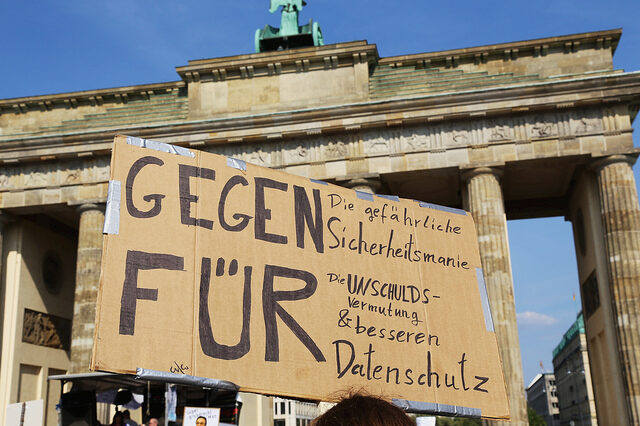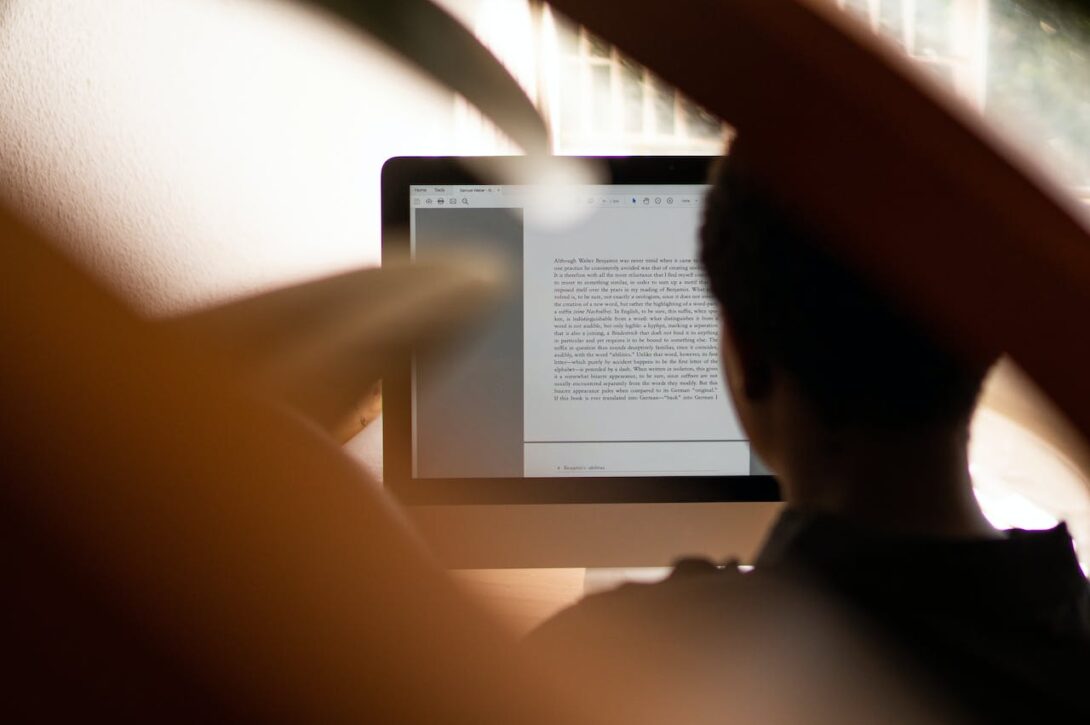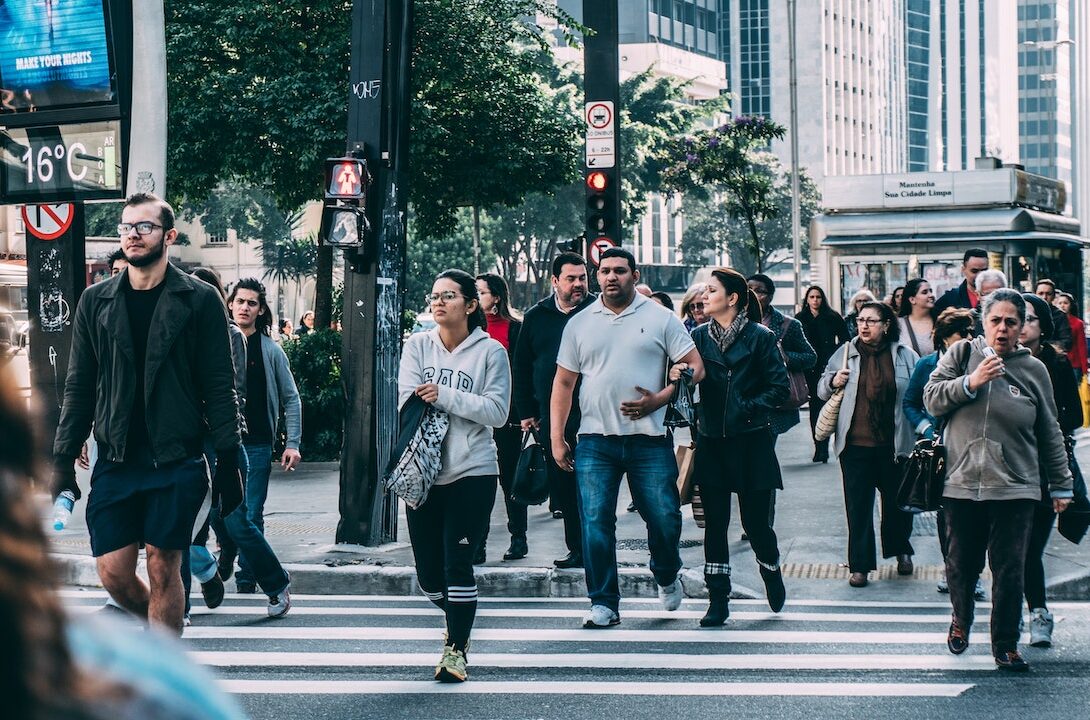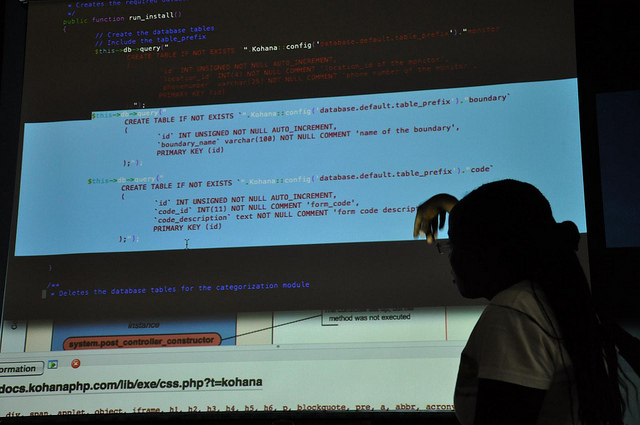Tag: crowd sourcing
News
- Articles from Policy & Internet
- Books
- Call for Papers
- Child Safety
- Collective Action
- Conferences
- Democracy
- Development
- Economics
- Education
- Environment
- Ethics
- Governance & Security
- Health
- Interviews
- Mapping
- Methods
- Policy
- Politics & Government
- Publications
- Social Data Science
- Submissions Closed
- Tools
- Video
- Wellbeing
-
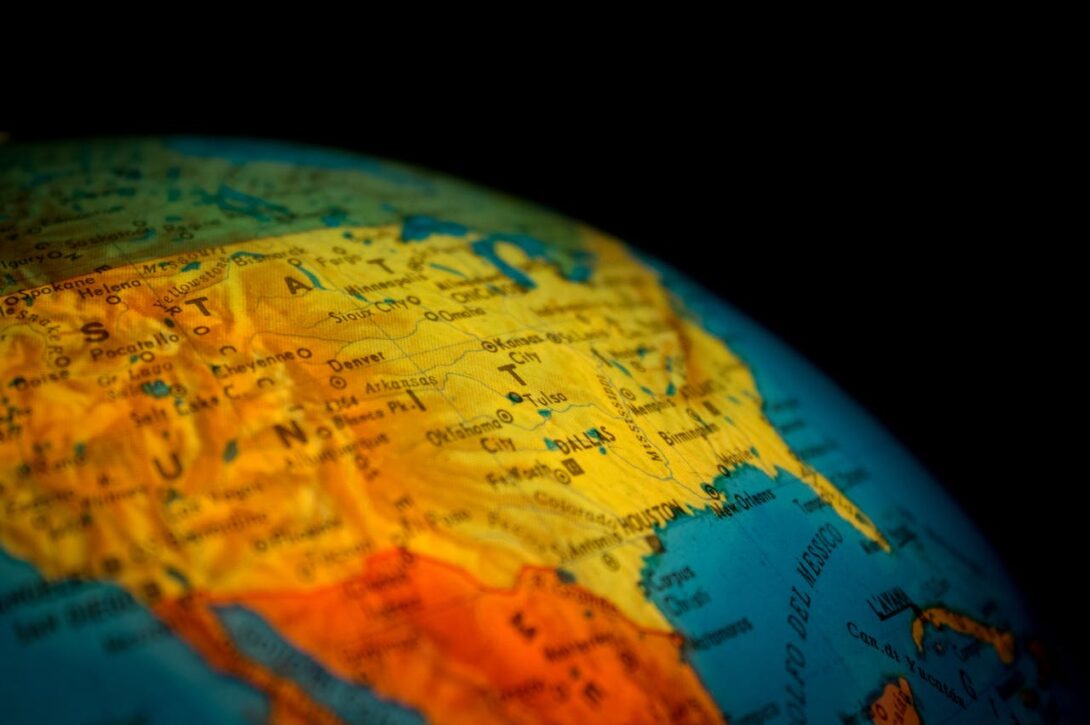
What explains the worldwide patterns in user-generated geographical content?
—
As geographic content and geospatial information becomes increasingly integral to our everyday lives, places that…
-

What is stopping greater representation of the MENA region?
—
Negotiating the wider politics of Wikipedia can be a daunting task, particularly when in it…
-
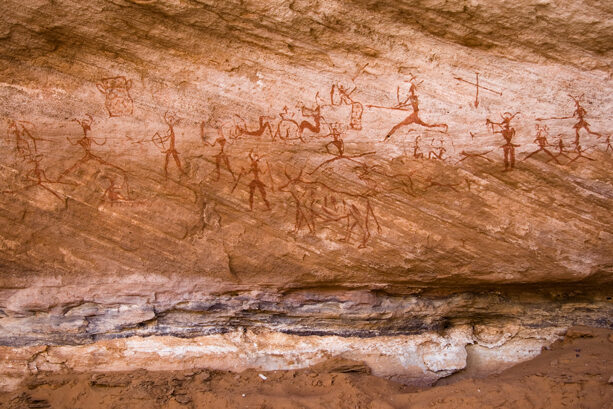
How well represented is the MENA region in Wikipedia?
—
There are more Wikipedia articles in English than Arabic about almost every Arabic speaking country…
-

The sum of (some) human knowledge: Wikipedia and representation in the Arab World
—
Arabic is one of the least represented major world languages on Wikipedia: few languages have…
-
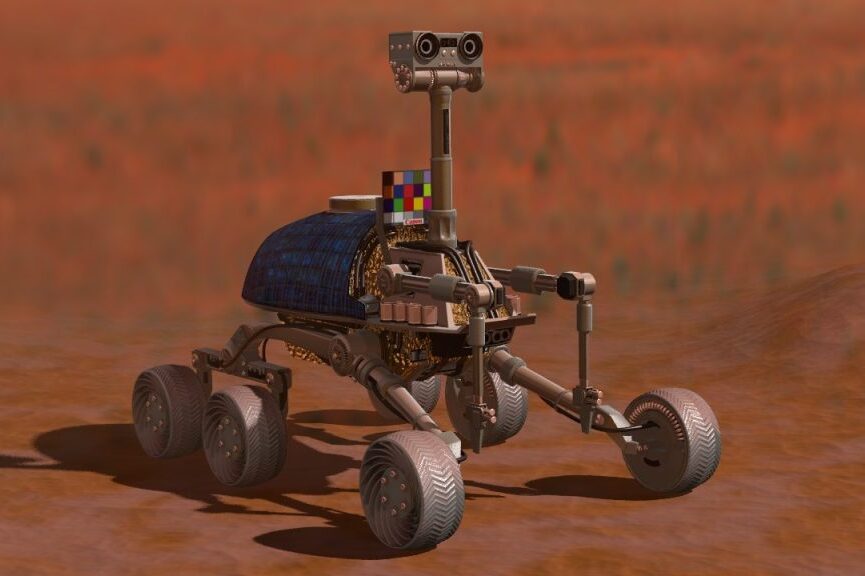
The social economies of networked cultural production (or, how to make a movie with complete strangers)
—
Looking at “networked cultural production”—ie the creation of cultural goods like films through crowdsourcing platforms—specifically…
-
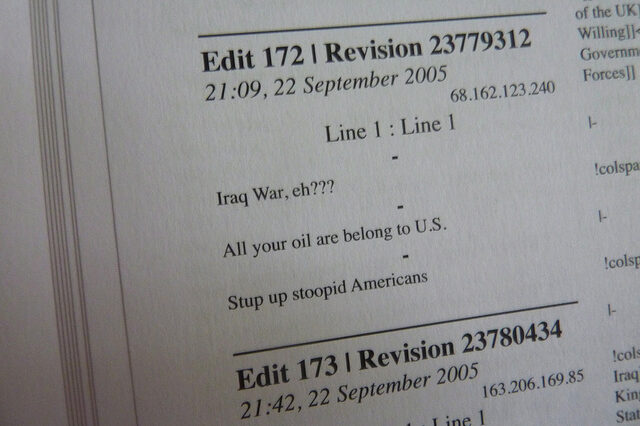
Harnessing ‘generative friction’: can conflict actually improve quality in open systems?
—
The more that differing points of view and differing evaluative frames came into contact, the…
